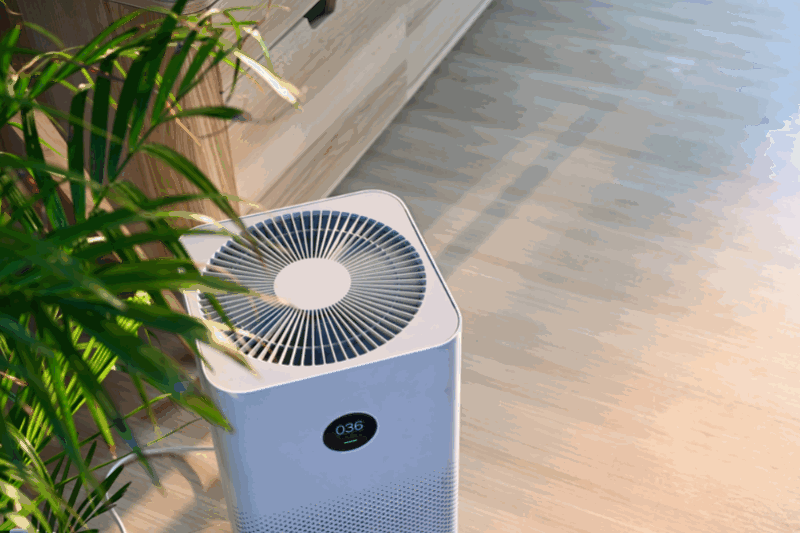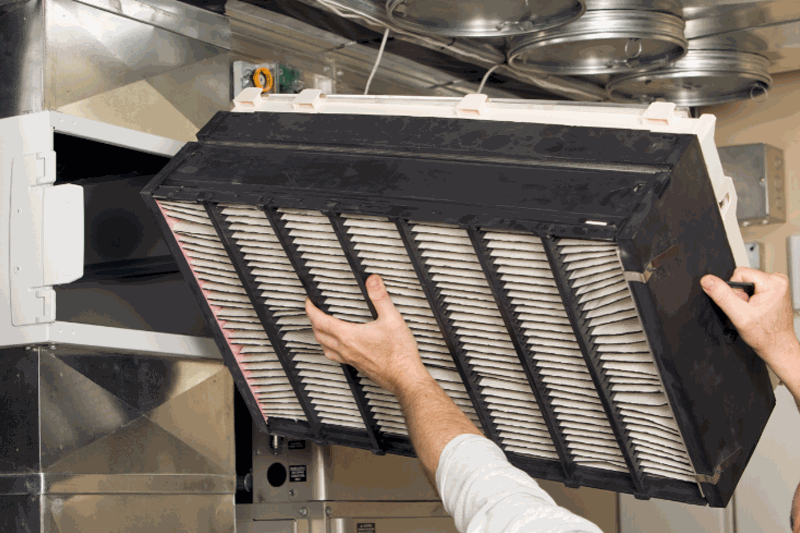According to the Environmental Protection Agency (EPA), indoor air may be four to five times more polluted than outdoor air. With Americans spending nearly 90 percent of their time inside, indoor air quality is often taken for granted.
Allergens such as pollen, animal dander, dust mites, cockroaches, and mold; irritants such as smoke, chemical odors, and dust; and biological pollutants such as viruses and bacteria swirl in, often causing headaches, stuffy noses, tickly throats, nagging coughs, wheezing, shortness of breath, itchy eyes and more.
The average home has 72 trillion allergens floating in the air. “No matter how often you clean, those tiny little particles can get into your loved ones’ lungs, triggering allergies, asthma and a variety of other respiratory ailments. Fortunately, there are things you can do to make the air in your home better,” says John Spengler, Ph.D., professor of environmental health and human habitation at the Harvard School of Public Health.
Discourage mold growth. A musty smell or mold spots should sound an alarm. Replace missing grout, and repair or replace leaky faucets and pipes immediately. Use a mold-proof shower curtain, and wipe shower walls and tub toys dry after use.
Install a whole-house air cleaner. Professors from the Harvard School of Public Health recognize whole-house systems, such as Trane CleanEffects, as an effective way to remove triggers for allergies and asthma. The central air cleaning system removes up to 99.98 percent of particles down to .3 microns-as small as 1/300th the diameter of a human hair. The system is 100 times more effective than the standard 1-inch filter found in most home central heating and cooling systems.
Minimize dust mites. One ounce of dust can carry up to 40,000 dust mites. Wash bedding weekly in hot water (130° F) and use allergen-proof bed coverings. Minimize carpeting. Use washable throw rugs and curtains.
Limit upholstered furniture. Upholstered furniture can be a breeding ground for dust mites and collect pet dander. Vacuum underneath cushions and behind furniture at least once a month.
Control humidity. Having the proper moisture content in the air will not only discourage mold growth but will also minimize dust mites. A central system that features a variable-speed blower motor and a thermostat with a built-in humidity sensor kills dust mites by keeping the air below 50 percent relative humidity.
Want to discuss more? Contact our remodeling consultant now.


